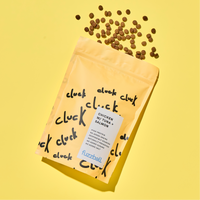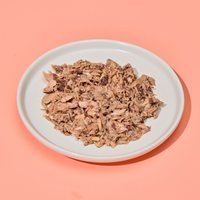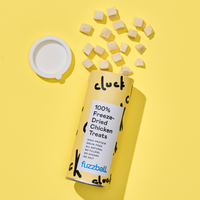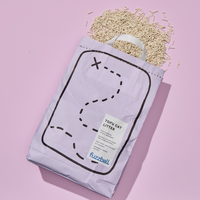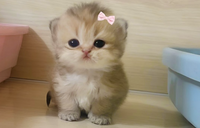How to Introduce Wet Cat Food to a Kitten’s Diet?
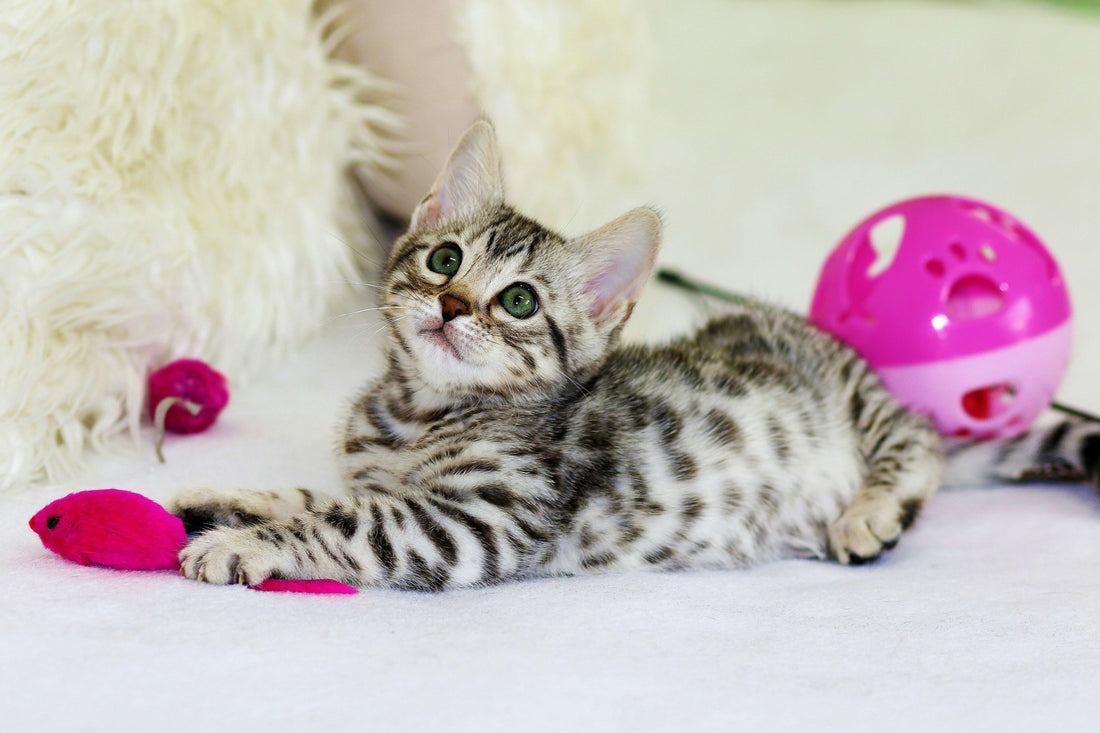
There is nothing more exciting than having a kitten and watching them grow into their personalities and adulthood. One of the most important aspects of their development is the food they eat. The key when introducing a kitten to wet food is to do it slowly and carefully. Introducing wet food to a kitten should not be daunting, and this blog will provide you with the steps to introduce wet food as well as when to start.
When Should Kittens Start Eating Wet Food?
Kittens can start eating wet food from 4 weeks old, which is when they transition from nursing to solid foods. This does not have to be in immediate transition; this process can be introduced slowly. It is important that kittens are fully transitioned when they reach the age of 8 weeks.
Is Wet Food Necessary For Kittens?
Feeding your kitten wet food is a very good idea. Wet food contains a lot of protein and moisture that is necessary for your kitten's growth and development. Kittens will only really start showing interest in drinking water at 4 weeks old, so it is recommended to give them wet food that contains a lot of moisture to help them stay hydrated.
How To Introduce Wet Food To A Kitten?
There are a few factors to consider when introducing your kitten to wet food. By examining all these factors, you will be able to successfully introduce your kitten to wet food.
Type Of Wet Food
It is important to choose a quality and nutritious wet food that will support your kitten's development and health. Some wet foods contain ingredients that are not ideal for cats. The most important development of a cat takes place during the kitten stage, so it is vital to provide quality cat food that supports this process. You need wet food that is high in protein and free from additives, fillers, and artificial preservatives.
Fuzzball wet food contains a minimum of 75% real meat, and is formulated with the right balance of protein, fat, and moisture to keep your kitten’s digestive system and coat in top condition.
Introduce Wet Food in Small Amounts
Introducing wet food too quickly can cause your kitten to have an upset stomach, so it is very important to start slow. If your kitten is being weaned from milk, you can introduce wet food gradually by mixing a little bit into the milk. Repeat this for 5 - 7 days until they get used to the smell and taste of wet food.
Start Slowly
If your kitten is already eating dry food, you can introduce wet food by mixing a little bit into their dry food. Repeat this for 5 - 7 days until they get used to the smell and taste of wet food. As soon as the kitten starts showing interest in this mixture, you can slowly increase the amount of wet food and decrease the amount of milk or dry food.
Combining Wet and Dry Food For Kittens
Kittens can be fed a combination of wet and dry food, if you only want to feed them wet food, it is important to find a wet food that is not just a supplementary food and contains the full nutritional value that your kitten requires daily. This is known as ‘complete’ food.
Feeding Schedule
Set fixed times during the day when you feed your kitten. In doing this you will reduce any anxiety around feeding time and teach your kitten when to expect their mealtime.
It is recommended to feed your kitten 3 - 4 times a day. Feeding a kitten smaller amounts regularly can help your kitten's stomach to adjust faster.
Monitor Them Closely
Most kittens are very excited by the taste of wet food, however, some might be hesitant. It is very important to check their body’s reaction to the wet food. If they have an upset stomach, it is advisable to reduce the amount of wet food for a few days and to slow down the transition process. If the stomach issues persist, it is recommended to see a vet immediately.
Water
Wet food has a very high moisture level and may deter your kitten from drinking water altogether, however, it is still very important to keep their water bowl full and close by so that they can also learn to drink water regularly.
Allergies Or Sensitivity
Just like humans, cats can also have allergies or sensitivities to certain ingredients in food. Monitor your kitten closely. If you observe any strange symptoms such as itching or swelling, your kitten might be sensitive or allergic to some ingredients. If this happens you should seek advice from your vet.
Are You Ready To Make The Switch To Wet Food?
Introducing wet food to your kitten's diet can be easy and successful if done slowly and patiently. By choosing a high-quality wet food, introducing it gradually, and establishing a feeding schedule, you can ensure that your kitten enjoys wet food and receives the nutrition it requires for healthy development. Choosing the right wet food will ensure you are giving your kitten the best start in life.

